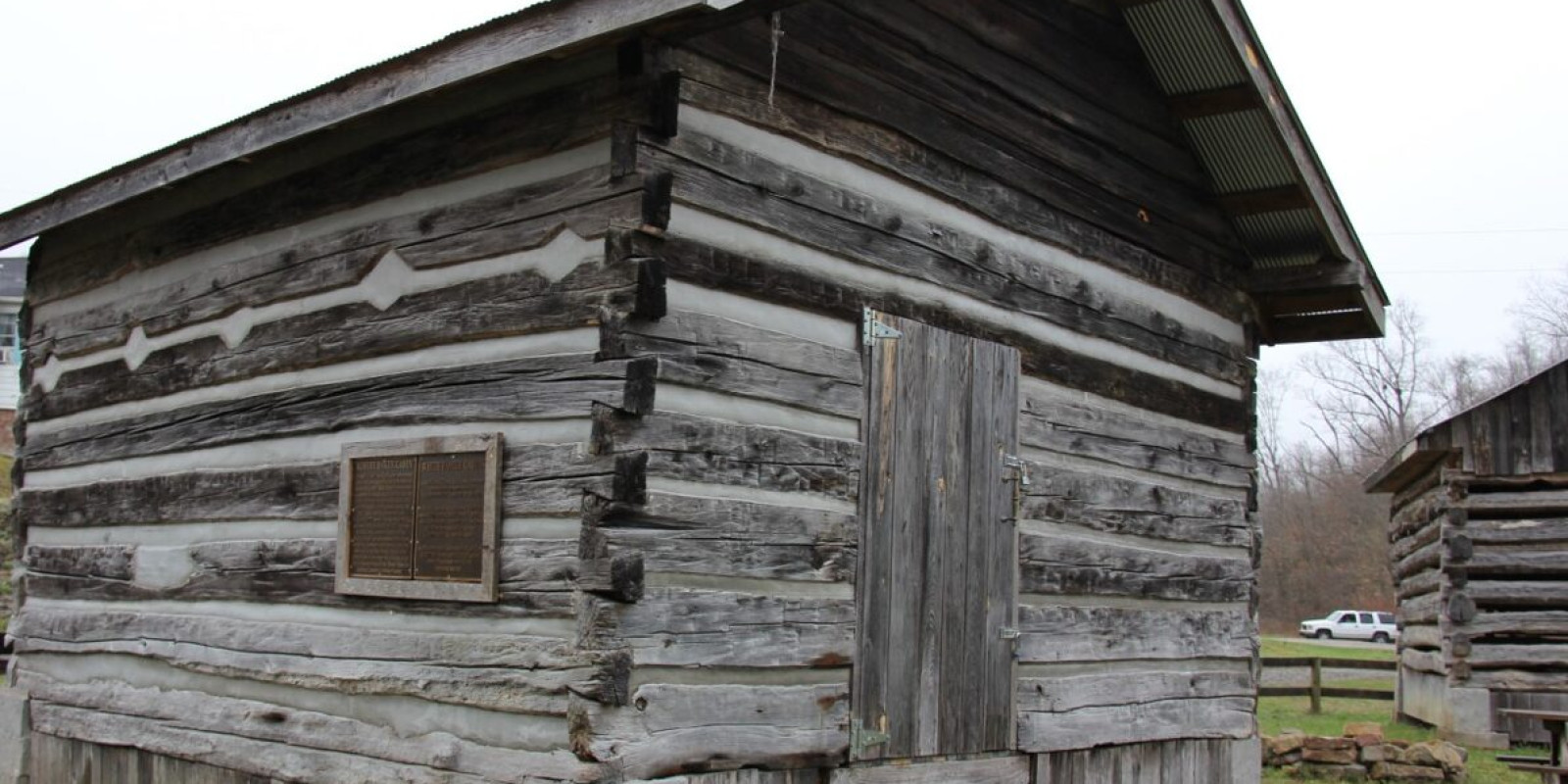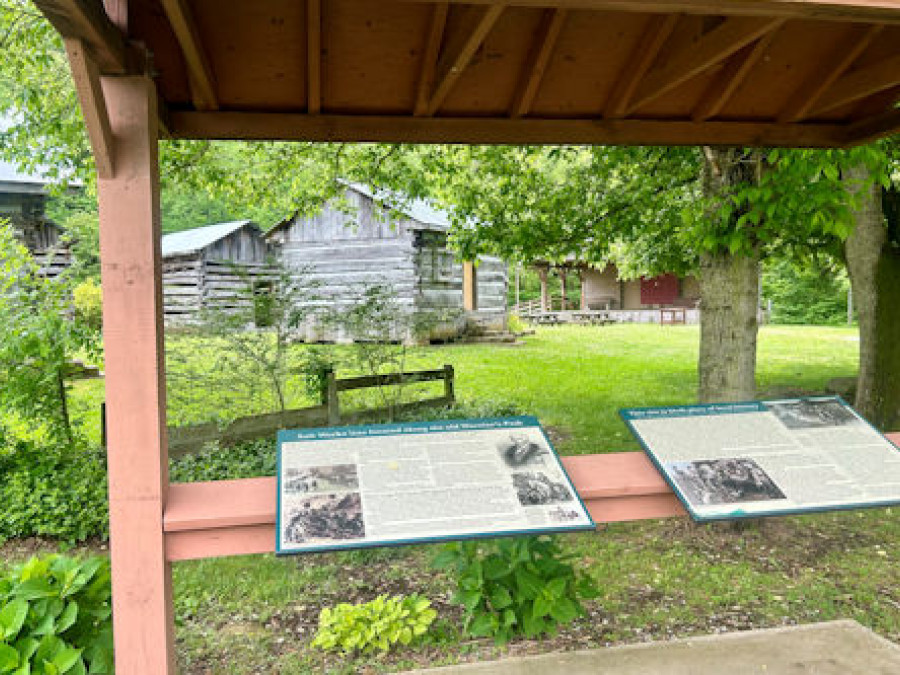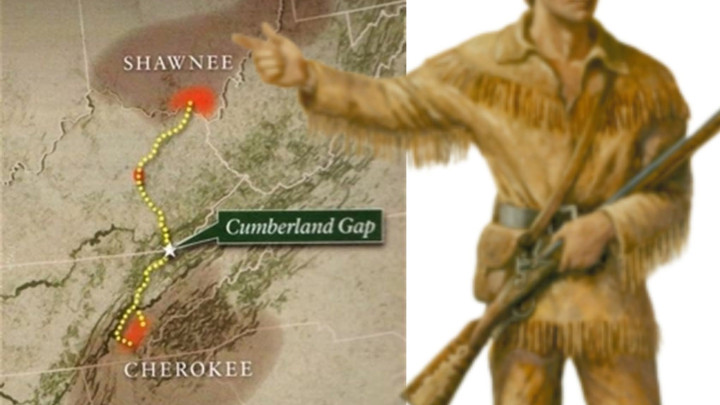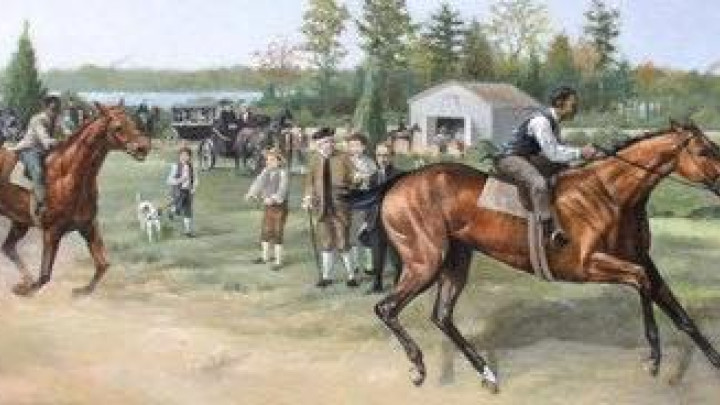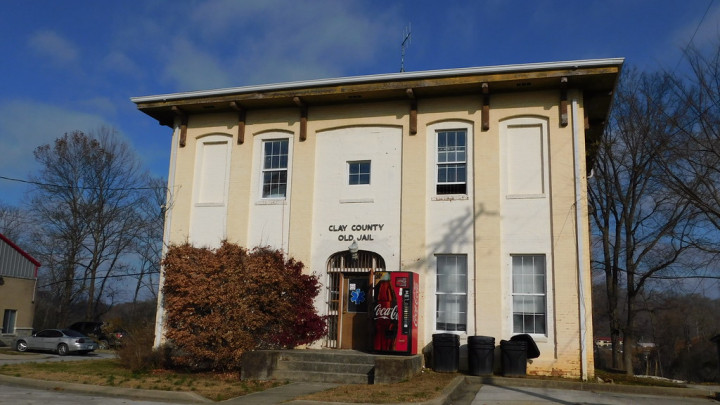Goose Creek Salt Works — How Salt Built Manchester
Long before highways, salt powered Manchester’s rise. The works at Goose Creek—known in the 1790s as the Langford Works—drew settlers, roads, and trade to what became Clay County’s seat. In October 1862, Union troops destroyed the works to deny the Confederacy a vital supply, a reminder of how strategic this site once was.



“The first settlement in Clay County was at the site of the Langford Salt Works.”
—Clay County Genealogical & Historical Society
Today the grounds are preserved as the Goose Creek Salt Works & Pioneer Village. Start at the interpretive shelter, then stroll the Riverside Trail toward Rawlings/Stinson Park—or cross the historic swinging bridge into downtown to continue your heritage walk.
Why It Matters
Salt making was an essential early Kentucky industry and the engine that founded Manchester.
Make It a Loop
Follow the Riverside Trail, visit the petroglyph, then cross the swinging bridge to downtown.
Tip: These are city-hosted images that usually hotlink reliably; you can also download and serve them locally with credit.
